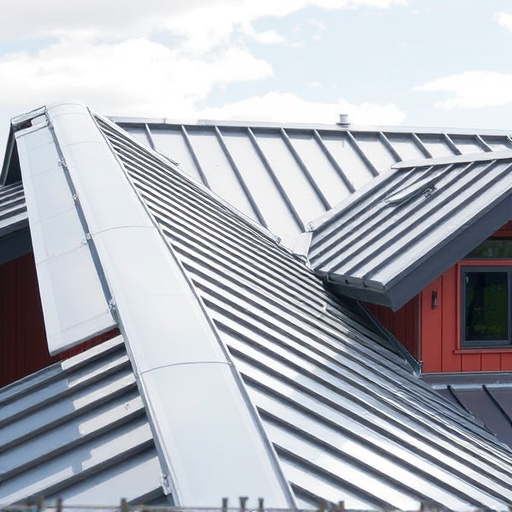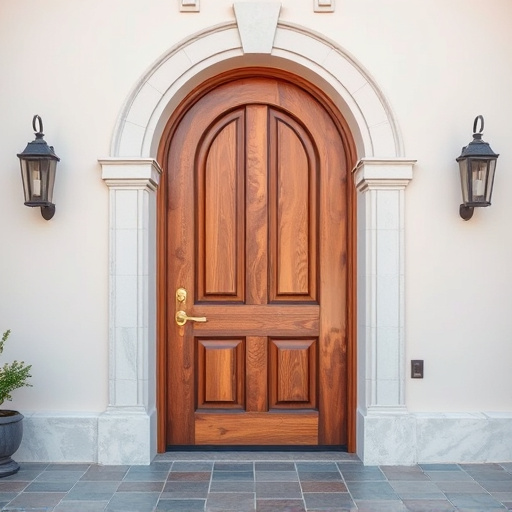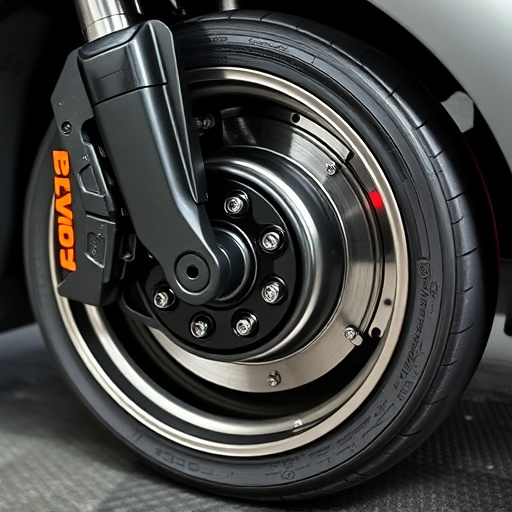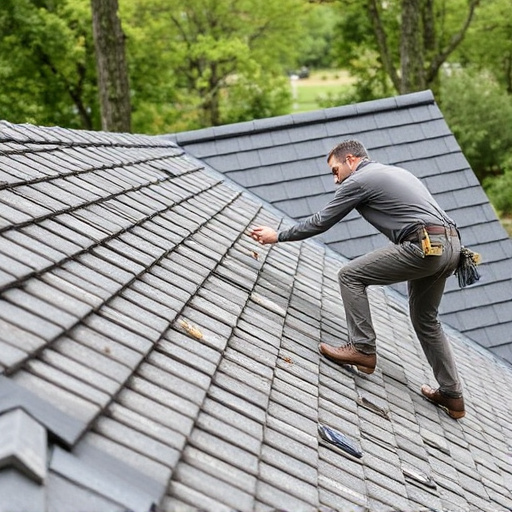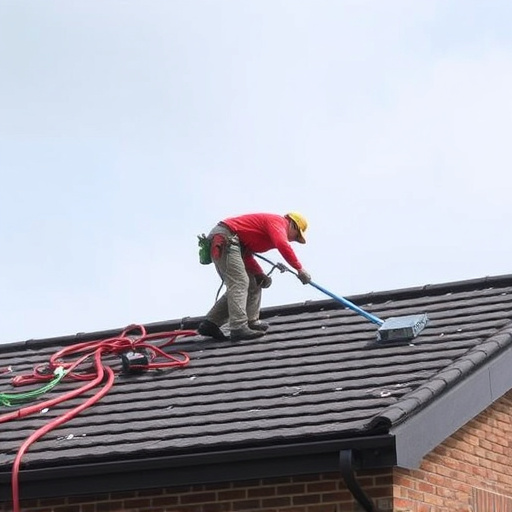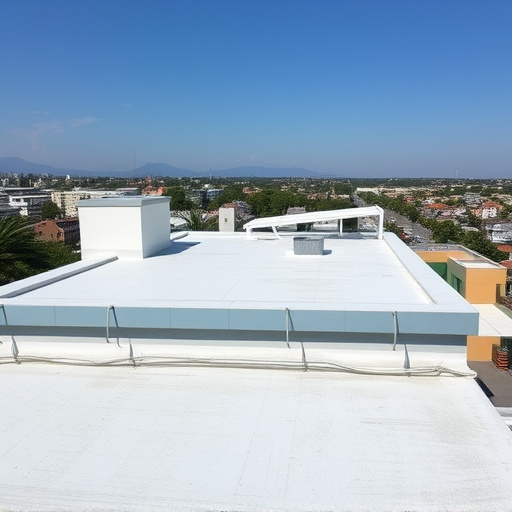Fiber siding walls, known for their durability, face water damage risks from moisture intrusion around windows and doors. Improper installation can exacerbate issues. Regular inspections are key to detecting elevated humidity, mold growth, or wood decay early, preventing structural damage. Timely action by home exterior services averts costly repairs, ensuring fiber siding maintains optimal condition and resale value.
“Uncover potential water damage hidden within your fiber siding walls with this comprehensive guide. Understanding the unique vulnerabilities of these exterior cladding systems is key. This article equips homeowners and professionals alike with essential knowledge for thorough inspections. From recognizing subtle signs of moisture intrusion to practical steps for assessment, learn how to identify and address water damage early. Protect your property and preserve the integrity of your fiber siding investment.”
- Understanding Fiber Siding Walls and Their Vulnerabilities
- Practical Steps for Conducting a Thorough Water Damage Inspection
- Addressing Common Signs of Water Damage in Fiber Siding Walls
Understanding Fiber Siding Walls and Their Vulnerabilities

Fiber siding walls are a popular choice for both residential and commercial properties due to their durability, low maintenance, and attractive appearance. However, like any material, they have vulnerabilities that can lead to water damage if not properly maintained. Understanding these weaknesses is key when inspecting for potential issues. Fiber siding consists of resin-impregnated fiberglass mats bonded together with a thin layer of cement or other adhesives. This unique composition makes it resistant to rot and pests, but it’s not invulnerable.
One of the primary concerns with fiber siding walls is moisture intrusion, especially around windows, doors, and poorly sealed joints. Water can easily penetrate these areas during heavy rains or snowmelts, leading to mold growth, wood decay, and structural damage over time. Additionally, improper installation, such as gaps or inadequate sealing, can create entry points for water vapor, which can then condense and cause problems within the wall system. Regular inspection is crucial to identify these vulnerabilities early on, allowing for prompt addressing by home exterior services or commercial siding specialists to prevent further complications.
Practical Steps for Conducting a Thorough Water Damage Inspection

Conducting a thorough water damage inspection on fiber siding walls is crucial for maintaining your home’s integrity and value. Start by visually examining the exterior for any signs of moisture, such as discolored or bulging areas. Fiber siding panels should be firmly attached with no visible gaps or damage. Next, use a moisture meter to check for elevated humidity levels behind the siding—a common indicator of water intrusion. Don’t overlook potential entry points like windows and doors; ensure weatherstripping is in place and functioning properly.
For commercial roofing properties or homes requiring specialized attention, engage professional home service solutions. They can provide advanced tools and expertise to identify hidden moisture sources. Regular inspections, especially after severe weather events, are essential for proactive water damage prevention. Home exterior services offered by reputable providers can help maintain your fiber siding walls, ensuring they remain in top condition over time.
Addressing Common Signs of Water Damage in Fiber Siding Walls

Water damage can often go unnoticed in fiber siding walls until it becomes a significant issue. Identifying common signs is essential for prompt action to prevent further complications. One of the most visible indicators is mold growth, which appears as discolored patches or stains on the surface. Fiber siding is susceptible to moisture infiltration, especially around window sills and doors, leading to rotting or peeling of the outer layer over time.
Regularly inspect your fiber siding walls for any signs of water intrusion, such as warped or bulging panels, which could indicate structural damage. Check for loose or missing shingles or tiles on roofs adjacent to the siding, as this may cause water to seep through gaps and reach the exterior walls. Timely detection can save you from costly repairs by engaging reliable siding and gutters services or consulting a roof expert to address the issue effectively.
When inspecting for water damage in fiber siding walls, understanding the material’s vulnerabilities is key. By following these practical steps and being vigilant for common signs, you can effectively identify potential issues early on. Regular inspections are crucial to preserving the integrity of your fiber siding, ensuring its longevity, and maintaining a well-protected home. Remember, quick action when addressing water damage can prevent significant repairs and costs down the line.




